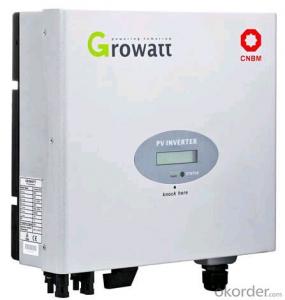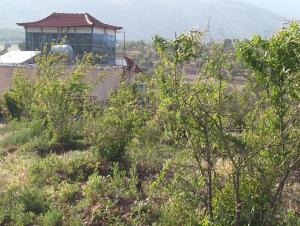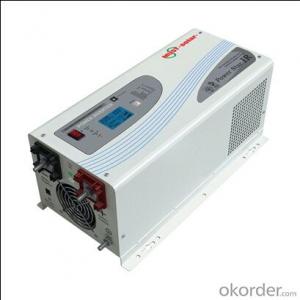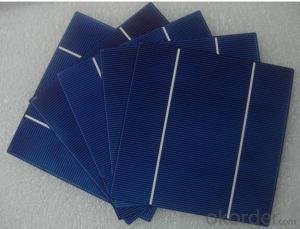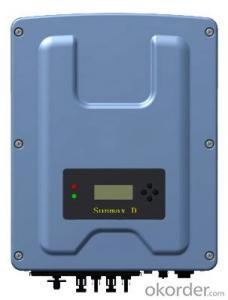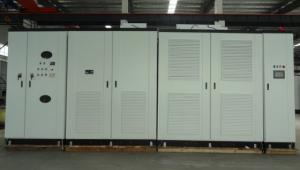On Grid Solar Inverter 3kw
On Grid Solar Inverter 3kw Related Searches
Off Grid Solar Inverter 3kw 3kw Off Grid Solar Inverter 3kw Solar Inverter 3kw Inverter Solar Solar Inverter 3 Kw 3kv Solar Inverter 3kw Solar Hybrid Inverter 3kw Solar Grid Tie Inverter 3kw Hybrid Solar Inverter Hybrid Solar Inverter 3kw 3 Kilowatt Solar Inverter Solar Inverter 3kva 3kva Solar Inverter 3 Kva Solar Inverter Growatt Solar Inverter 3kw 3kva Hybrid Solar Inverter 3k Solar Inverter China Solar Inverter 3kw On Grid Solar Inverter Solar Inverter 3kw 220v Best 3kw Solar Inverter 1kw On Grid Solar Inverter 3kw Solar Inverter Price On Grid Inverter Solar On Grid Solar Power Inverter 3 Kw Solar Inverter Price 6kw On Grid Solar Inverter Solar 3 Phase Inverter 3 Phase Inverter Solar 3 Phase Solar InverterOn Grid Solar Inverter 3kw Supplier & Manufacturer from China
On Grid Solar Inverter 3kw is a crucial component in solar energy systems, designed to convert the direct current (DC) generated by solar panels into alternating current (AC) that can be fed into the power grid or used by electrical appliances. This efficient and reliable inverter plays a vital role in harnessing the power of the sun and integrating it into our daily lives.The On Grid Solar Inverter 3kw is widely used in residential, commercial, and industrial settings where solar energy is harnessed to reduce reliance on traditional energy sources. It is particularly beneficial in areas with high solar insolation, where the potential for solar energy generation is maximized. This product allows users to not only power their homes and businesses but also to contribute to a cleaner, more sustainable energy future by feeding excess energy back into the grid.
Okorder.com is a leading wholesale supplier of On Grid Solar Inverter 3kw, offering a vast inventory to cater to the growing demand for solar energy solutions. With a commitment to quality and customer satisfaction, Okorder.com ensures that each On Grid Solar Inverter 3kw is manufactured to the highest standards, providing a reliable and efficient solution for solar energy integration.
Hot Products

